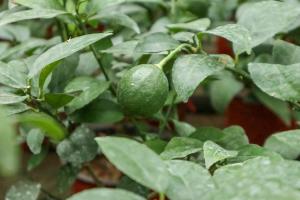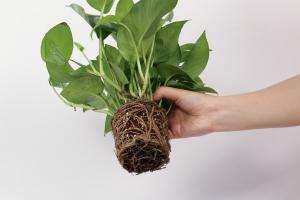Introduction
Invasive plants are one of the biggest environmental concerns of our times. These plants are non-native species that have a tendency to quickly spread and outcompete native vegetation. In doing so, they can disrupt the ecological balance of an area, reduce biodiversity, and cause significant economic damage. In this article, we will explore what invasive plants are, how they spread, and the impact they have on the environment.
What are invasive plants?
Invasive plants are non-native species that pose a threat to the natural balance of an ecosystem. These plants have the ability to invade and dominate areas, disrupting the growth and survival of native plants. Invasive plants are introduced to an area either intentionally or accidentally, and can quickly spread, taking over large areas of natural habitats. They are harmful to native plants because they outcompete for resources such as nutrients, water, and sunlight. This can result in the loss of biodiversity and ultimately have a negative effect on the environment.
How do invasive plants spread?
Invasive plants can spread through a variety of mechanisms. One of the main ways in which they spread is through human activities such as transportation and trade. Invasive plant seeds can become lodged in cargo shipments, plant nurseries or in people's clothing, ultimately ending up in new, non-native areas. Additionally, natural disasters or climate change can alter the environmental conditions of an area, providing optimal growing conditions for invasive species to grow, spread and dominate the area.
The impact of invasive plants on the environment
Invasive plants have significant negative impacts on the environment. They outcompete and displace native plants, reducing biodiversity and damaging the ecological balance of an ecosystem. This, in turn, can lead to the loss of habitat and food sources for native animals. Additionally, invasive plants can cause economic damage, as they can reduce crop yields and increase the cost of maintaining landscapes. Invasive plants can also cause physical damage to infrastructure, such as roads and buildings. Overall, the impact of invasive plants on the environment and the economy can be severe.
Preventing and controlling invasive plants
Preventing and controlling invasive plants requires a combination of efforts from both individuals and organizations. One of the most effective ways is to publicize the issue, making people aware of the potential dangers of bringing non-native plant species to new areas. It is important to avoid introducing invasive species to natural areas and to control the growth of any invasive plants that have already become established. This can be achieved through a variety of methods, including manual removal, herbicide application, and biological control. It is important to note that careful consideration and planning must be undertaken to ensure that the control methods used do not harm native species or the environment.
Conclusion
Invasive plants are a growing concern that must be taken seriously. While prevention is the best course of action, it is also important to take action in controlling the growth of any invasive plants that have already become established. The fight against invasive plants may be a long one, but it is important to remember the devastating impact they can have on the environment and the economy. By working together, we can successfully protect our natural habitats and preserve biodiversity for future generations.

 how many times do yo...
how many times do yo... how many planted tre...
how many planted tre... how many pine trees ...
how many pine trees ... how many pecan trees...
how many pecan trees... how many plants comp...
how many plants comp... how many plants can ...
how many plants can ... how many plants and ...
how many plants and ... how many pepper plan...
how many pepper plan...




























